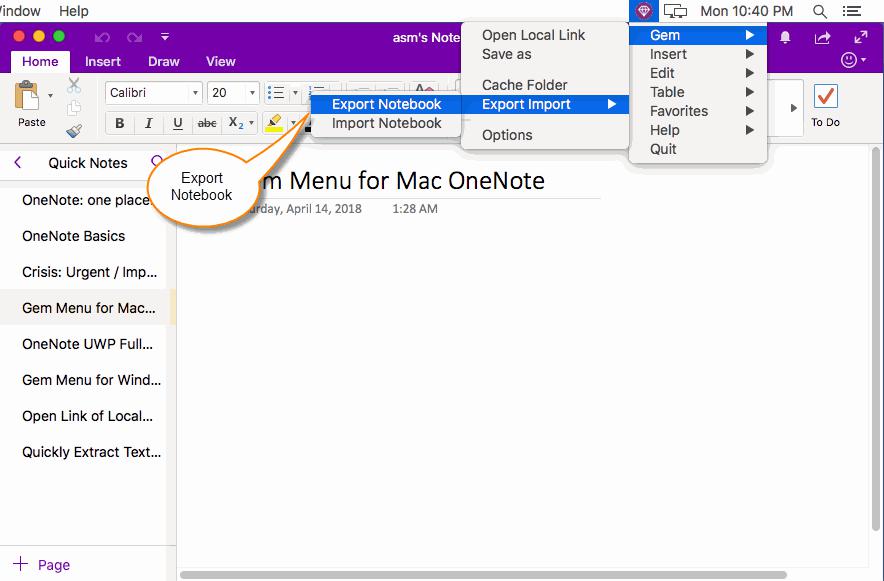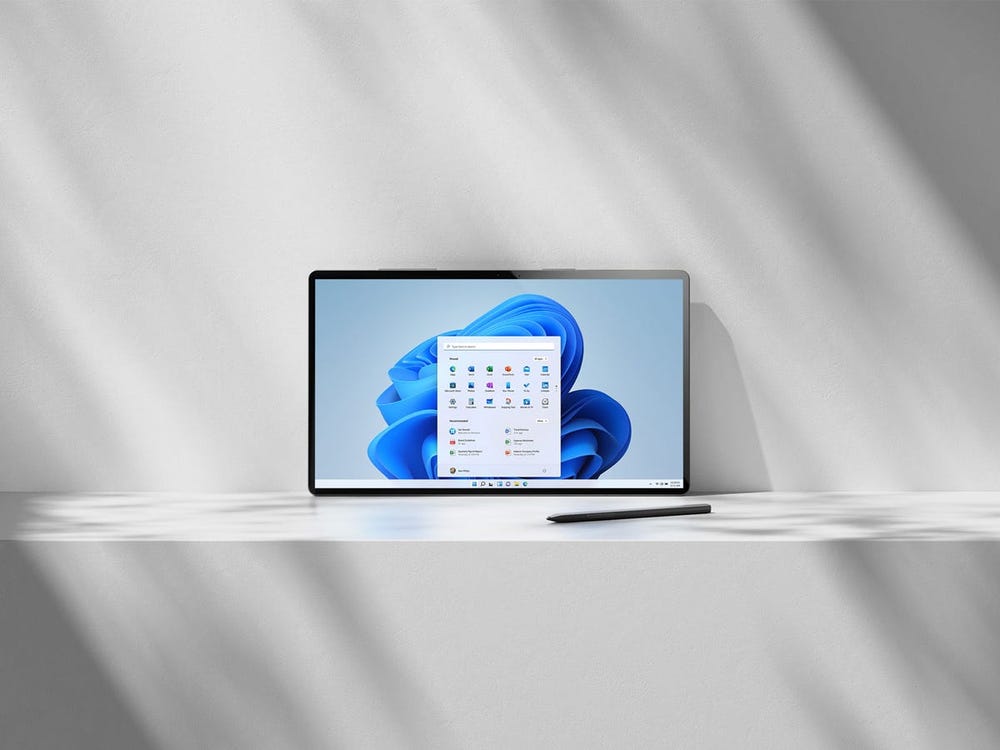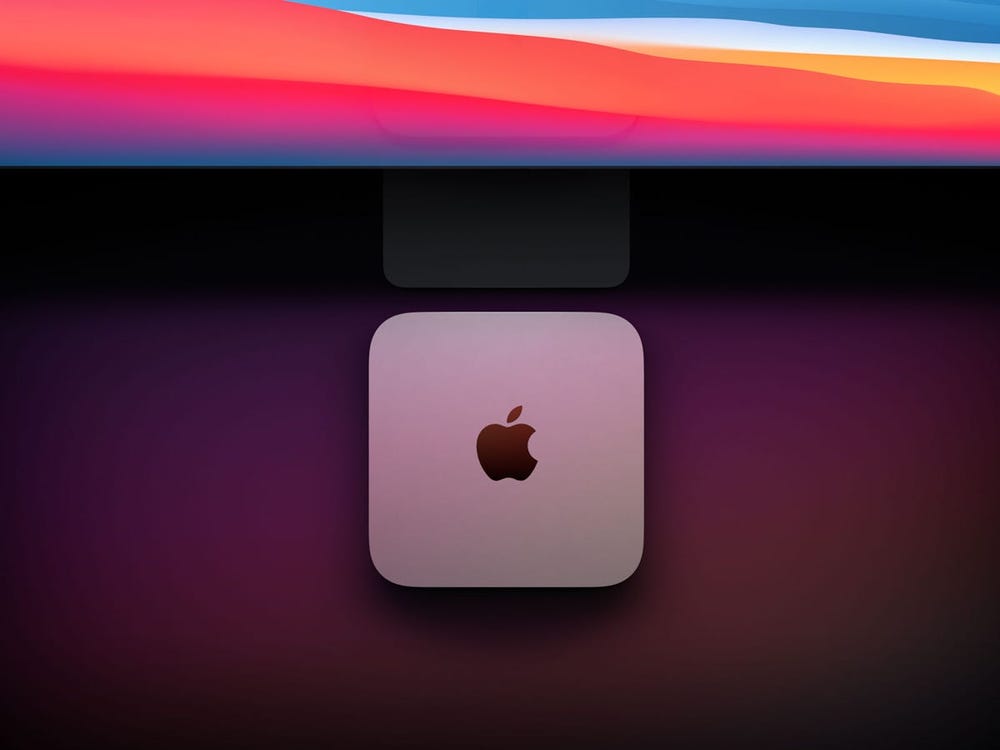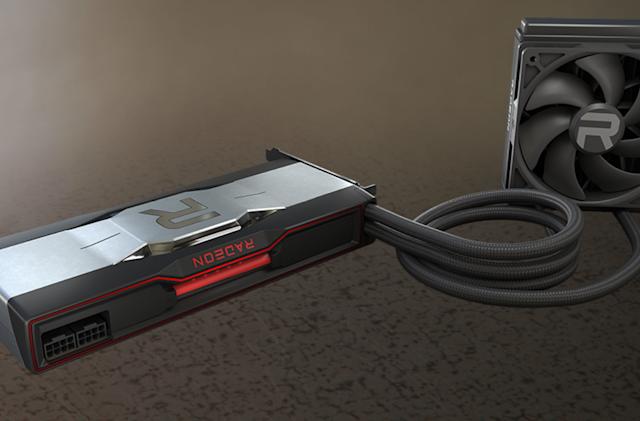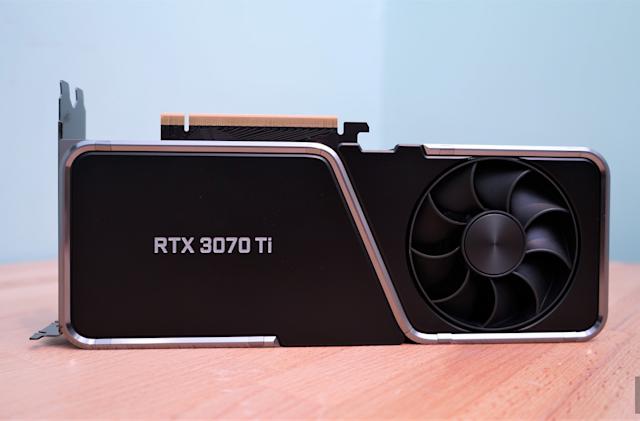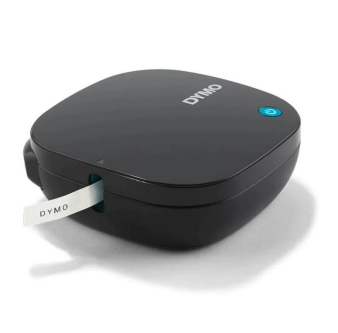What is a copy lab notebook?
What is a carbon copy lab notebook?
I had to turn in the carbon copy after each lab for 1.5 years and never had any problems. Would highly recommend if you need a lab notebook that carbon copies (this is when you write on a page and it makes a copy onto the next page so you can keep a copy and tear out the other copy to turn in to your professor).
How does carbonless replication work?
How do carbonless forms work? Carbonless paper forms work with special coatings on the top and bottom of each page. When pressure is applied to the form, tiny micro-capsules of dye break open and combine together with a clay layer on the sheet below to create a copy of the writing on the original top form.
What is lab copy?
The lab notebook is usually written as the experiments progress, rather than at a later date. In many laboratories, it is the original place of record of data (no copying is carried out from other notes) as well as any observations or insights.
How do you keep a research notebook?
Here are some important practices to follow:When you leave the lab each day always leave your lab notebook where your supervisor can find it, preferably in the same place. Lock your lab when you are the last person to leave. If your supervisor allows you to keep past notebooks, make sure she or he knows where they are.
How do you prevent data loss in a lab notebook?
Scientists usually use an external hard drive to save "backup copies" of electronic files, which are stored in a safe and fireproof cabinet. When doing so, record the file name and location of the stored file in the notebook, such as "Casio external hard drive, in the cabinet of room 410".
Why is it important to keep a lab notebook?
A laboratory notebook is a scientist’s most valuable tool. New ideas and questions are written down and the laboratory notebook evolves into an expression of the Scientific Method. It is important for innovators and inventors to keep detailed and organized notes while working.
What procedures should always be followed before leaving the laboratory?
Remove contaminated gloves before touching common use devices (door knobs, faucets, equipment); discard gloves before leaving the laboratory. Always wash hands and arms with soap and water before leaving the laboratory. No smoking!
Why do scientists use notebooks?
Keeping a science notebook encourages students to record and reflect on inquiry-based observations, activities, investigations, and experiments. Science notebooks are also an excellent way for students to communicate their understanding of science concepts, and for teachers to provide students with feedback.
How can I use science notebooks effectively?
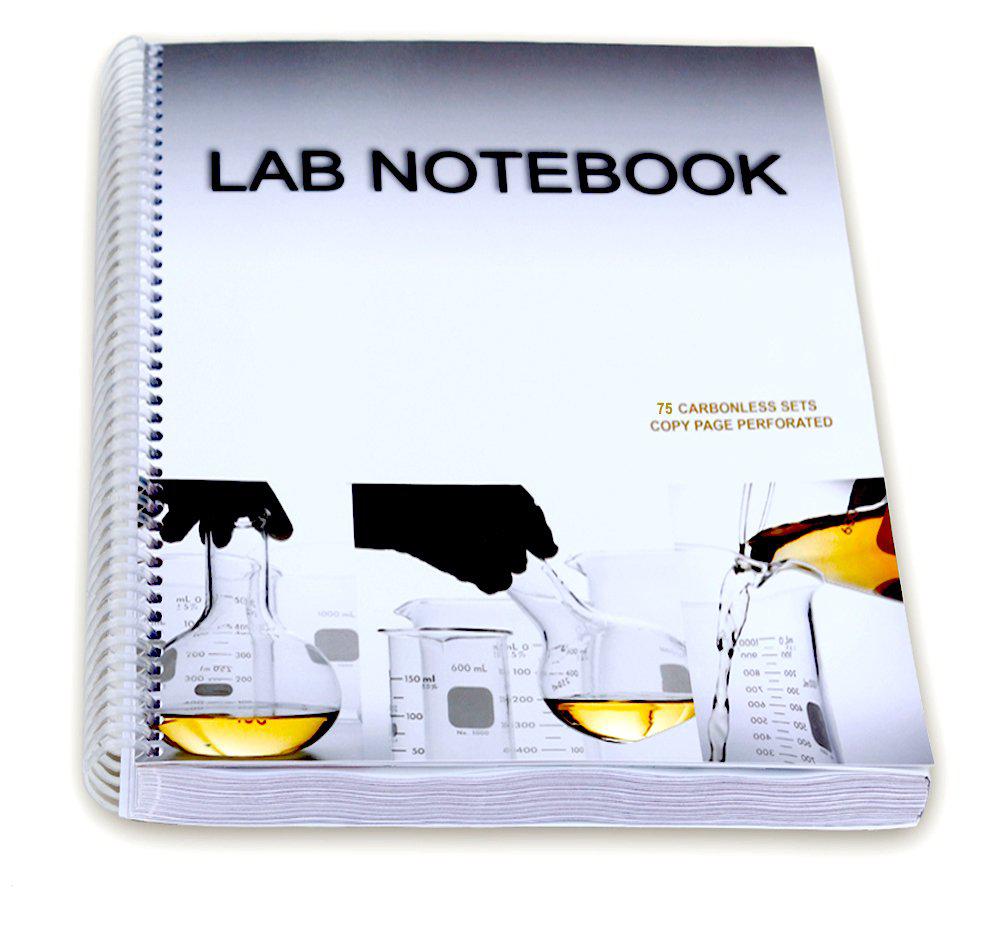
Here are four ways to use science notebooks:Help students create their own reference sheets. Guide students in recording their discoveries. Capture evidence of student learning and understanding. Document student growth over time.
Why do scientists keep journals?
Publishing results of research projects in peer-reviewed journals enables the scientific and medical community to evaluate the findings themselves. It also provides instructions so that other researchers can repeat the experiment or build on it to verify and confirm the results.
What is a scientific notebook?
A science notebook is simply a written account of what students do and learn in science class. Notebooks provide students with a place to write regularly about science and to compile an ongoing record of all their science observations and discoveries.
Are lab notebooks legal documents?
A laboratory notebook provides a permanent record of research, ideas, concepts, data, analysis, and/or observations. It is a legal record of your work and may be used as evidence for patent filing, patent protection, or other legal purposes. A laboratory notebook is a legal document and must be handled accordingly.
Why is it important to record your scientific research and experiments?
Good record keeping promotes both ac countability and integrity in research. Good re cords are complete, accurate and understandable to others. Records of research activities should be kept in sufficient detail to allow another scientist skilled in the art to repeat the work and obtain the same results.
How many times should you repeat an experiment to make it more reliable?
For most types of experiment, there is an unstated requirement that the work be reproducible, at least once, in an independent experiment, with a strong preference for reproducibility in at least three experiments.
Why are experiments three times?
Repeating Experiments Three repeats of an experiment is generally considered the minimum. Why? There are two reasons, the first has to do with the fact that three repeats ensures a two-thirds (66%) probability that the averaged results are more accurate than a single experiment.
Does repeating improve accuracy?
You can test reliability through repetition. The more similar repeated measurements are, the more reliable the results. However, the entire result of the experiment can be improved through repetition and analysis, as this may reduce the effect of random errors.
Why do we need to repeat the experiment several times?
Why is the ability to repeat experiments important? Replication lets you see patterns and trends in your results. This is affirmative for your work, making it stronger and better able to support your claims. This helps maintain integrity of data.
